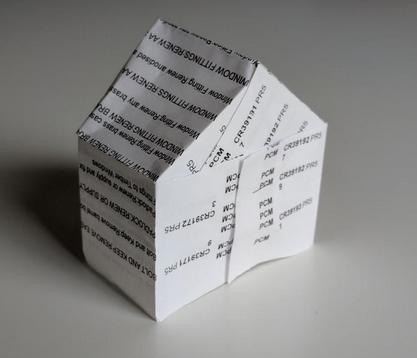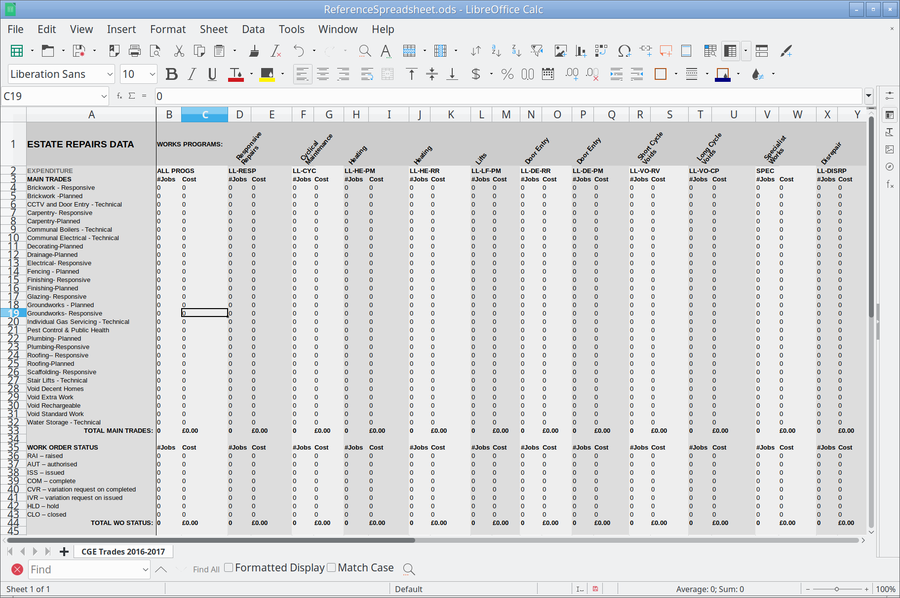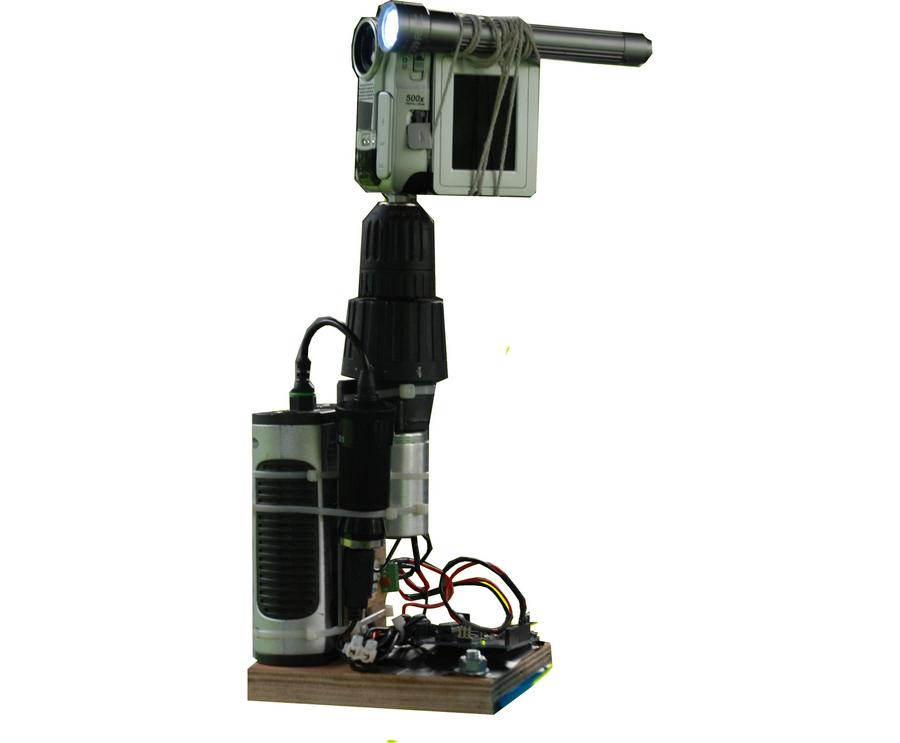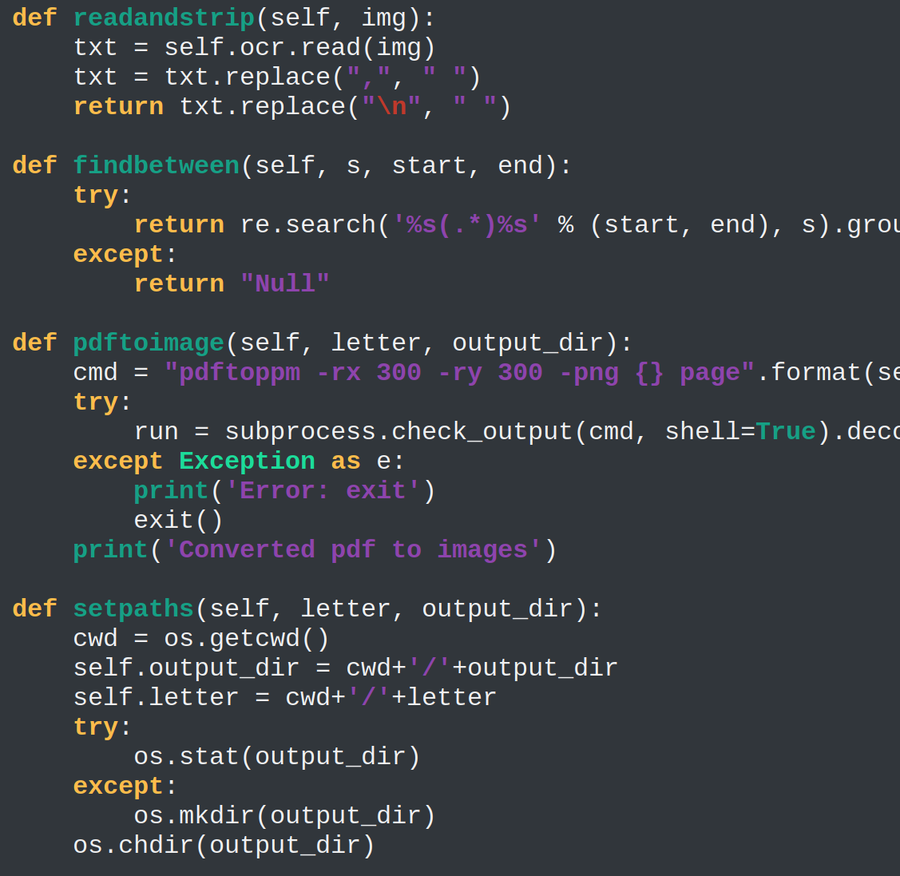-
00. Events
- 00. Process, Compile, Render
-
01. Conversations
- 02. Comment Overlays
- 03. Drill Tent Paper Houses
-
04. FOI
-
05. Schema
- 06. Echoes
-
07. Legal
- 08. Regen Cheat Sheet
- 09. Timelines
-
10. London Data Justice
-
11. Cardiff Data Justice Workshop
-
12. Auto Tweets
- 20. Cabinet Doc Parser
-
22. Leasehold Calculator
- 23. Service Charge
-
24. House Price Tracker
-
31. SPVtrailer
-
31. Shadow Database
-
39. SPVorganisations
-
40.booklet Print
- OLD23. Service Charge
- Original Workbook
-
cab
-
e. Discourse_ Analysis
-
images
-
media
SOR codes

Schedule of Rates (SOR) codes are used within Lambeth Councils housing database systems to categorise types of repair such as carpentry or drains. While SOR codes appear to be a minor detail of repairs management a closer examination reveals that they are implicated in multi-million pound repairs contracts, residents frustrations with call centres, and decisions to demolish peoples homes. I explored SOR codes through a number of activities and artefacts (see images directly below) which aimed to reveal the function they perform on Cressingham Gardens Estate.
A Schedule of Rates constitutes an contractual agreement between Lambeth and large scale repairs contractors such as Mears who undertake repairs to thousands of properties manged by Lambeth Council. With these codes Lambeth’s housing databases automatically assign costs to reported repairs. If a call centre operator job miscategorises a repairs job then this can result in wasted time and money as the wrong contractor is sent to complete a task. These codes also underpin ‘summaries’ of repairs data which have contributed to Lambeth Councils decision to demolish the estate.
The investigation
I first discovered the existence of SOR codes via a conversation with a contractor. This conversation prompted me to instigate a Freedom of Information request to Lambeth Council who returned a spreadsheet containing 5,000+ SOR codes. The spreadsheet listed SOR codes alongside descriptions and costs for a specific types of repair. Through this spreadsheet I gained an insight into how SOR codes organise work and labour on Cressingham Gardens Estate. This insight prompted me to create a series of activities and artefacts which aimed to reveal how SOR codes systematically order people and things.
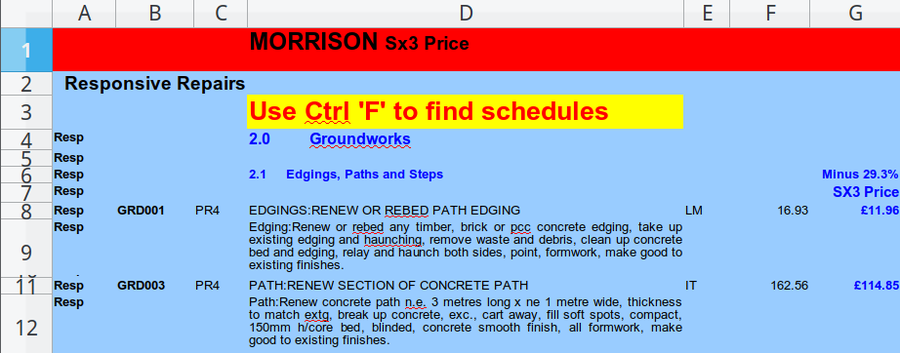
Activity: Performance tent

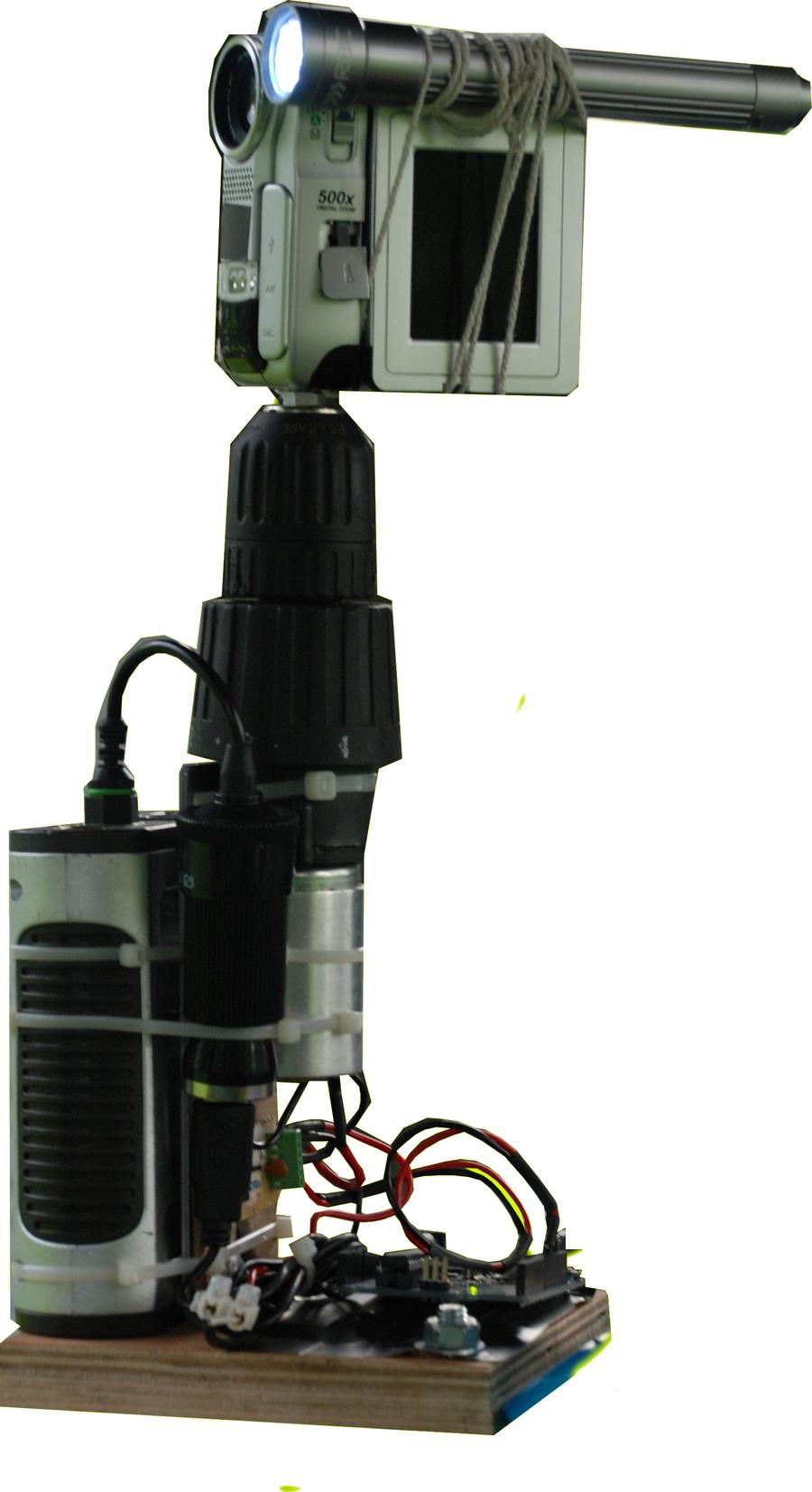
A theatre group called ‘Degenerate Space’ developed a participatory performance called “The Smallness Inside the Bigness” on Cressingham Gardens. The event was performed twice over two evenings and consisted of a montage performance/tour of the estate. Degenerate Space had invited residents to participate in the performance so I suggested that I create an activity within an old army tent in the centre of the estate.
As part of each evening performance a 40+ group of residents and visitors to Cressingham approached the tent. I first gave a short talk to visitors about repairs issues on Cressigham and described how Lambeth Council managed the decline of Cressingham Gardens prior to their proposals for regeneration. I then showed the group how to make paper houses and introduced my ‘Search & Drill’ device.
Artifact: Paper Houses
The paper houses activity provided an opportunity to discuss how SOR codes were involved in the management of repairs on Cressingham and across all of Lambeth’s housing stock. Cressingham residents and visitors to the tent I erected on Cressingham helped me make the paper houses and hang them to the ceiling. Each A4 sheet of paper was printed with a selection of SOR codes and descriptions. Notably, the activity first drew in local kids, which opened the possibility of conversations with their parents.
Artifact: Search & Drill
This device consisted of a laptop with an interface that allowed people to search through SOR codes and descriptions. The search function on the laptop was attached to a power drill with a video camera in its jaws. When a user performed a search by typing a word or phrase then hitting the ‘return’ key this would result in the electric drill spinning in proportion to the number of SOR codes matched in the query. This contraption provided a humorous means to discuss SOR codes and think of them ‘doing something’ in the world.
AtYourService.py
My investigation into SOR codes ended up supporting a resident endeavour to contest repairs on Cressignham. The only detailed repairs data that residents had access to was within homeowner service charge bills which could be obtained from Lambeth Council within a .pdf file format which was time-consuming to extract data from. To aid this endeavour I wrote a programming script ‘AtYourService.py’ that employed computer vision technologies to convert a .pdf document of homeowner service charge bills to a series of images. The script then analysed these images, identified, then extracted repairs data. The resulting .csv file containing the data helped Cressingham residents coordinate efforts to contest repairs jobs. With this new data-set the cost of individual repairs jobs could be checked against costs within the SOR list. Tantalisingly, the script pointed to a possibility of obtaining repairs data for all of Cressingham Gardens, rather than just individual blocks.
Discoveries

Through many acts of making, talking, and writing code I manged to reveal hidden data structures and gain a sense of how they could change peoples conduct. I paid close attention to terminology used by Lambeth repairs contractors which provided insight into how the work they did was categorised and organised. These insights presented possibilities for contesting repairs on Cressingham and revealed complex sets of associations relating to SOR codes.
Through my investigation I discovered that both tenants and homeowners would report a repair then frequently discover that incorrect work was carried out, or jobs would not be completed at all. Through discussion with residents it became apparent that call operators might be assigning the wrong SOR codes which would have caused these issues. This discovery prompted a concerted effort by myself and other residents of Cressingham to review and contest large volumes of repairs data.
I also unexpectedly discovered that tenants and homeowners had different access to repairs information - homeowners could access repairs data to their own blocks via service charge bills, yet tenets had no opportunity to review repairs data. This discovery prompted me to further investigate ways of obtaining and sharing repairs data for review by residents.
